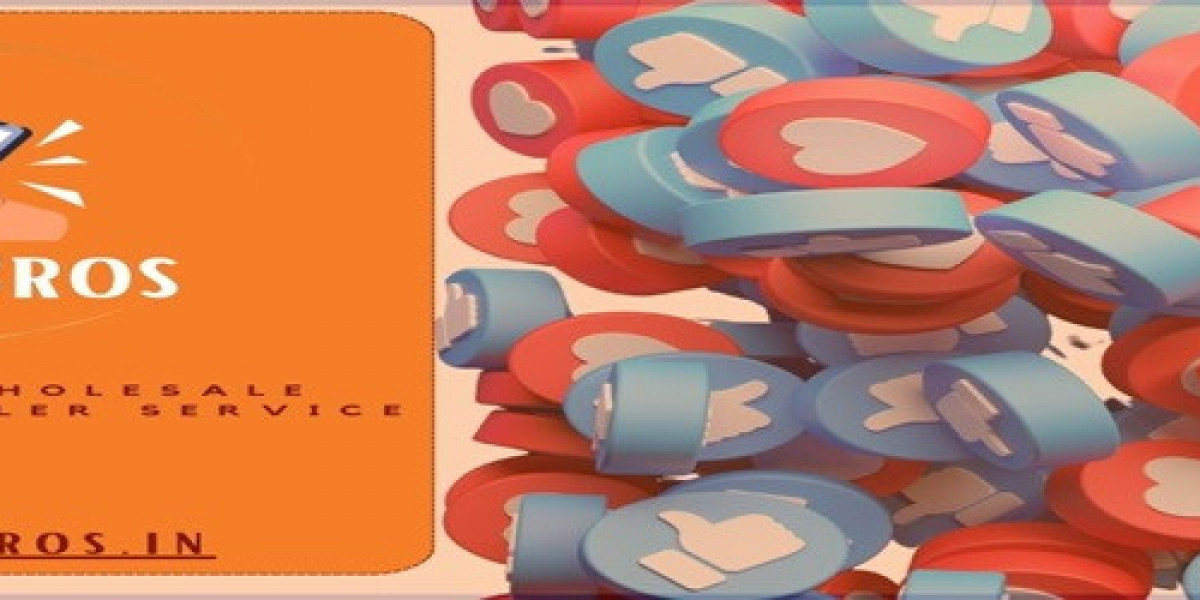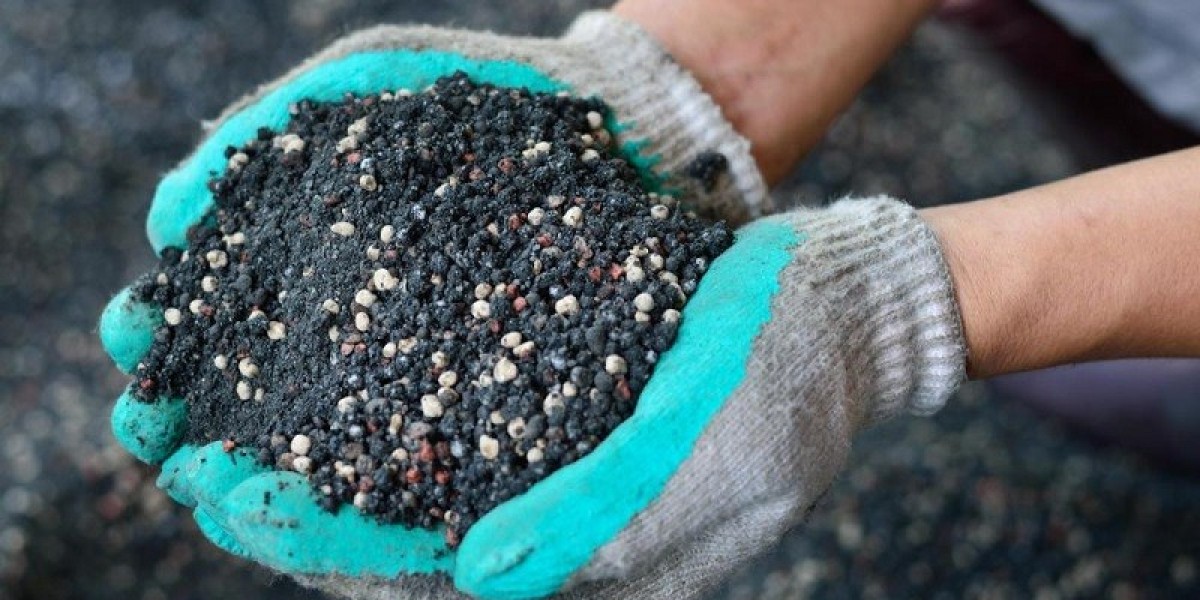Introduction: The Invisible Shield Against Microbes
In an increasingly health-conscious world, the demand for effective and efficient disinfection methods has never been more critical. Traditional cleaning and chemical disinfectants play a vital role, but they often have limitations in reaching all surfaces or maintaining continuous germicidal action. This is where Ultraviolet Germicidal Irradiation (UVGI) emerges as a powerful complementary technology. UVGI utilizes specific wavelengths of ultraviolet light to inactivate microorganisms, offering a non-chemical, highly effective solution for air, surface, and water purification. The continuous evolution and adoption of UVGI systems highlight its growing importance in creating safer and healthier environments across numerous sectors.
Understanding UVGI and Its Antimicrobial Mechanism
Ultraviolet Germicidal Irradiation (UVGI) is a disinfection method that employs ultraviolet (UV) light at wavelengths effective in killing or inactivating microorganisms. While sunlight contains UV light, specialized UVGI systems use artificial light sources designed to emit specific germicidal wavelengths. The most effective germicidal wavelength for disinfection is UVC light, typically around 254 nanometers (nm), as this particular wavelength is highly absorbed by the genetic material of microorganisms.
The core mechanism of UVGI involves the absorption of UVC energy by the DNA and RNA within bacteria, viruses, molds, and other pathogens. This absorption causes damage to their molecular structure, forming pyrimidine dimers that disrupt the nucleic acids' ability to replicate or carry out essential cellular functions. Once the DNA or RNA is damaged in this way, the microorganism is rendered inert and cannot reproduce, effectively preventing it from causing infection or disease. This process is a physical disinfection method, meaning it does not rely on chemicals and leaves no residue, providing a clean and efficient sterilization solution.
Diverse Applications Across Industries
The versatility of UVGI technology allows for its application in a wide array of environments where pathogen control is paramount. Its primary uses span air disinfection, surface sterilization, and water purification.
- Air Disinfection: UVGI systems are commonly integrated into heating, ventilation, and air conditioning (HVAC) systems in buildings. As air circulates, it passes through the UVGI unit, where airborne pathogens (bacteria, viruses, mold spores) are exposed to UVC light and inactivated. This is particularly crucial in healthcare settings like hospitals and clinics, where airborne transmission of infections is a concern, but also increasingly in schools, offices, and public transportation to improve indoor air quality. Upper-room UVGI systems directly irradiate the air in the upper part of a room, creating a disinfection zone.
- Surface Sterilization: Portable or fixed UVGI devices are used to disinfect high-touch surfaces in healthcare facilities (operating rooms, patient rooms), laboratories, and even manufacturing cleanrooms. They offer an efficient way to reduce microbial load on equipment, tools, and environmental surfaces where chemical disinfectants might be impractical or insufficient.
- Water Purification: UVGI is a well-established method for disinfecting drinking water, wastewater, and process water in various industries. Water flows through a chamber where it is exposed to UVC light, inactivating waterborne pathogens such as bacteria, viruses, and protozoa (e.g., Cryptosporidium, Giardia) that may be resistant to chlorine. This provides a safe, chemical-free disinfection alternative.
- Food and Beverage Industry: UVGI is employed to sterilize packaging, surfaces, and even liquids, enhancing food safety and extending shelf life without altering product quality.
Key Advantages and Emerging Innovations
UVGI offers several compelling advantages over traditional disinfection methods. Foremost, it provides broad-spectrum efficacy against a wide range of microorganisms, including bacteria, viruses, and fungi, regardless of their antibiotic or chemical resistance. As a non-chemical process, it eliminates the need for handling, storing, or disposing of hazardous chemicals, reducing environmental impact and potential health risks. UVGI systems typically require minimal maintenance, operate silently, and can provide continuous disinfection, making them highly efficient for ongoing pathogen control. Furthermore, it leaves no harmful residues, making it ideal for sensitive environments like cleanrooms and food processing plants.
The field of UVGI technology is continuously advancing. Recent innovations include the development of Far-UVC light sources (e.g., 222nm excimer lamps), which show promise in inactivating pathogens on surfaces and in the air with potentially less harm to human skin and eyes than conventional 254nm UVC, opening new avenues for continuous occupied-space disinfection. The integration of smart sensors and Internet of Things (IoT) connectivity allows for real-time monitoring of UV lamp performance and disinfection efficacy. Miniaturization of UVGI devices and the development of more energy-efficient UVC LEDs are also transforming the market, making the technology more accessible and versatile for diverse applications, from wearable personal disinfection devices to large-scale industrial systems.
Conclusion: Illuminating a Path to Healthier Environments
Ultraviolet Germicidal Irradiation stands as a powerful and increasingly essential technology in the global effort to combat infectious diseases and maintain hygienic environments. By harnessing the destructive power of UVC light to inactivate a vast array of pathogens, UVGI systems provide a clean, efficient, and highly effective solution for air, surface, and water disinfection. As technological advancements continue to enhance its safety, efficiency, and versatility, UVGI is poised to play an even more critical role in public health, contributing significantly to a future where healthier and safer spaces are more attainable for all.
Explore our latest reports
🔍 Stay ahead in the healthcare industry. Browse our latest insights now!
About Market Research Future (MRFR)
Market Research Future (MRFR) is a global market research firm that provides comprehensive insights into market trends, drivers, challenges, and opportunities. We offer a broad range of market intelligence reports and consulting services to help businesses and enterprises in various industries make informed decisions
Media Contact:
Market Research Future (MRFR)
Phone: +1-646-845-9312
Email: contact@marketresearchfuture.com
Website: marketresearchfuture







